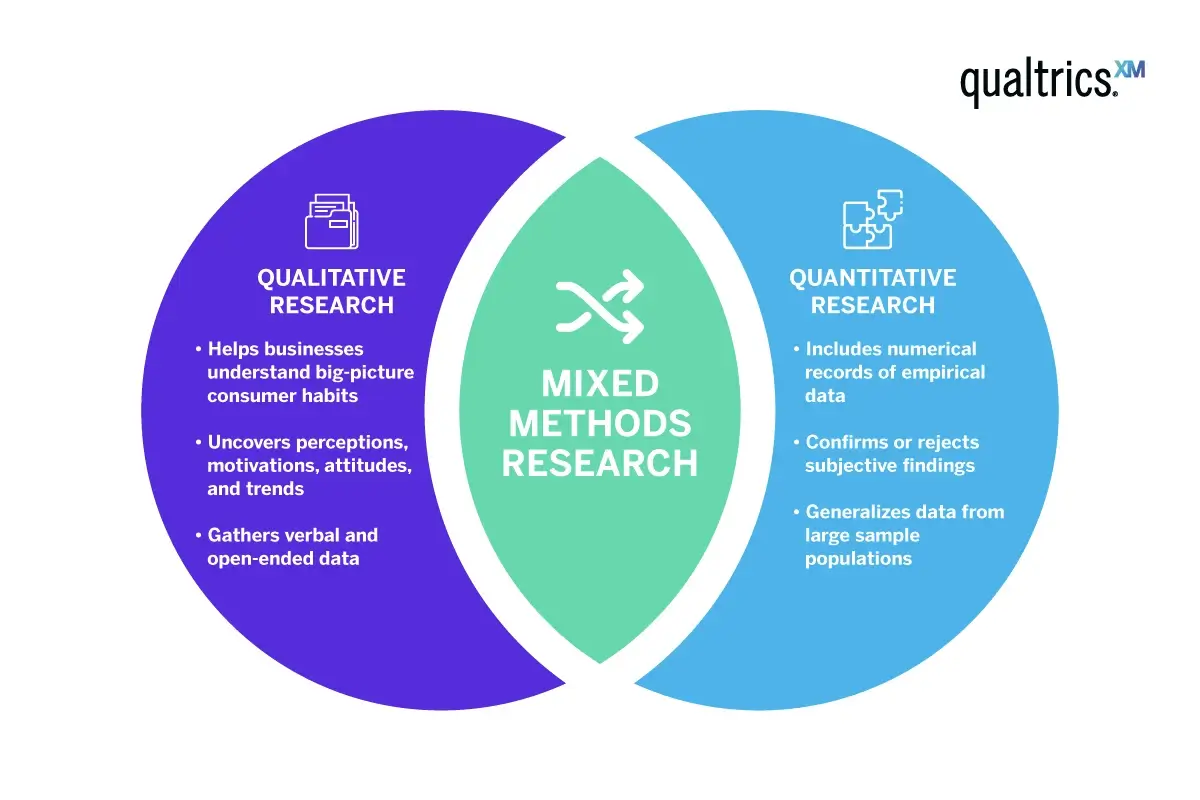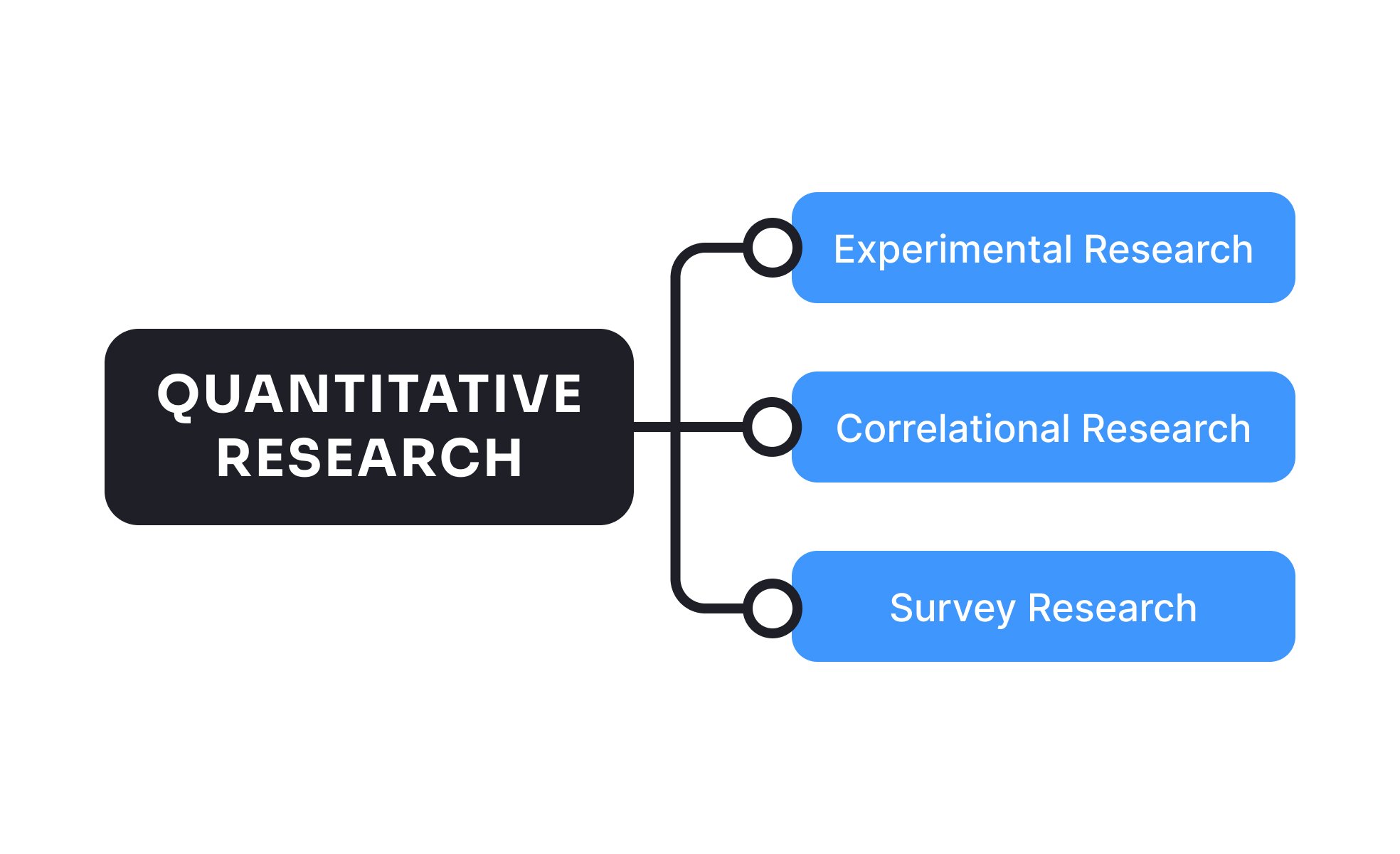Causality: One of the Main Preoccupations of Quantitative Researchers|2025
Causality, as one of the main preoccupations of quantitative researchers, stands at the core of many scientific inquiries. Quantitative research, characterized by its reliance on numerical data and statistical analysis, often seeks to identify cause-and-effect relationships to explain phenomena. The emphasis on causality enables researchers to move beyond simple observation and correlation, delving into the mechanisms that underpin observed trends and outcomes. This paper explores causality’s significance within quantitative research, contrasts it with the preoccupations of qualitative research, and discusses examples, types, and the broader implications of this pursuit.
Causality as a Core Focus
In the context of quantitative research, causality refers to the relationship between two or more variables where one variable (the cause) directly influences another (the effect). This preoccupation arises from the desire to understand not just whether variables are related but also how and why such relationships exist. For example, in public health studies, researchers may explore whether an intervention, such as a vaccination program, directly reduces the incidence of a particular disease. Identifying causal relationships is critical in informing policy decisions, optimizing interventions, and advancing theoretical frameworks.
Quantitative researchers employ various methodologies to establish causality, including experiments, longitudinal studies, and statistical modeling. Techniques like regression analysis, path analysis, and structural equation modeling allow researchers to test hypotheses and control for confounding variables. The rigorous pursuit of causality distinguishes quantitative research from other approaches, ensuring its conclusions are robust and actionable.
Causality: Brain and Behavior
Understanding causality extends beyond theoretical frameworks into practical applications, particularly in fields like neuroscience and psychology. For instance, researchers may investigate how specific brain structures influence behavior or cognitive functions. A study examining the impact of damage to the prefrontal cortex on decision-making is an example of causality-driven research. By employing experimental designs such as functional magnetic resonance imaging (fMRI) and controlled trials, researchers can isolate causal relationships between brain activity and observed behaviors.
Preoccupation of Qualitative Research
While causality is a primary focus of quantitative research, qualitative research is preoccupied with understanding meaning, context, and subjective experiences. Rather than seeking to establish cause-and-effect relationships, qualitative researchers explore the “why” and “how” of phenomena from the perspectives of those involved. Techniques such as interviews, focus groups, and ethnographic studies allow qualitative researchers to delve into the lived experiences, cultural nuances, and social dynamics that shape human behavior.
For example, in studying educational outcomes, a quantitative researcher might investigate the causal relationship between class size and student performance. In contrast, a qualitative researcher might explore how students and teachers perceive the impact of class size on the learning environment. Both approaches contribute valuable insights, highlighting the complementary nature of qualitative and quantitative research.
What Are Five Preoccupations of Quantitative Research?
Quantitative research is characterized by several preoccupations that guide its methodology and objectives. Five key preoccupations include:
- Causality: As discussed, causality is central to quantitative research, emphasizing the identification of cause-and-effect relationships.
- Measurement: Accurate and reliable measurement of variables is essential. Quantitative researchers develop standardized instruments, scales, and protocols to ensure consistency and comparability.
- Generalization: Quantitative studies aim to generalize findings from a sample to a broader population. Random sampling and representative data are critical in achieving this objective.
- Objectivity: Maintaining objectivity and minimizing researcher bias is a fundamental principle. Statistical methods and standardized procedures help ensure the validity and reliability of findings.
- Replication: The ability to replicate studies and verify results is vital. Quantitative research emphasizes transparency and methodological rigor to facilitate replication and build cumulative knowledge.
Two Types of Quantitative Research
Quantitative research encompasses various designs and methodologies, broadly categorized into two types: descriptive and experimental research.
- Descriptive Research: This type focuses on describing characteristics, behaviors, or phenomena without manipulating variables. For example, a survey study examining the prevalence of mental health disorders among college students provides valuable descriptive insights into the population under study.
- Experimental Research: Experimental research seeks to establish causal relationships by manipulating one or more independent variables and observing their effects on dependent variables. For instance, a randomized controlled trial testing the efficacy of a new medication involves the deliberate manipulation of treatment conditions to assess outcomes.
Examples of Causality in Quantitative Research
To illustrate causality as one of the main preoccupations of quantitative researchers, consider the following examples:
- Education: A study exploring the impact of teacher training programs on student achievement aims to establish a causal link between professional development and improved academic outcomes. By controlling for factors such as student socioeconomic status and school resources, researchers can isolate the effect of teacher training.
- Healthcare: Investigating whether a new drug reduces the risk of cardiovascular events involves assessing causal relationships between the intervention and health outcomes. Randomized controlled trials, considered the gold standard for causal inference, ensure the validity of such studies.
- Economics: Analyzing the causal impact of minimum wage increases on employment levels requires sophisticated statistical methods to account for confounding factors. Researchers may use techniques like difference-in-differences or instrumental variable analysis to draw robust conclusions.
- Social Sciences: Examining the effect of media exposure on public attitudes toward climate change involves identifying causal pathways between information consumption and opinion formation. Longitudinal studies and experimental designs are often employed to address this question.
Challenges in Establishing Causality
Despite its importance, establishing causality is fraught with challenges. Confounding variables, measurement errors, and ethical constraints can complicate causal inference. For instance, in studying the relationship between socioeconomic status and health outcomes, researchers must account for a myriad of factors, including access to healthcare, lifestyle choices, and genetic predispositions.
Statistical techniques like propensity score matching, mediation analysis, and sensitivity analysis help address these challenges. However, the complexity of real-world phenomena often necessitates a cautious interpretation of causal claims. As a result, researchers must balance the pursuit of causality with an acknowledgment of the limitations inherent in their methods.
Causality: A Quixotic Pursuit?
The quest for causality in quantitative research can sometimes be likened to a quixotic endeavor, fraught with uncertainty and complexity. Researchers may face situations where definitive causal relationships remain elusive, necessitating reliance on probabilistic or conditional statements. For example, while a study might demonstrate that smoking is associated with an increased risk of lung cancer, isolating the exact causal mechanisms requires decades of research and the integration of findings from multiple disciplines.
This complexity underscores the need for collaboration between quantitative and qualitative researchers. By combining quantitative rigor with qualitative depth, scholars can develop a more holistic understanding of causality and its implications.
Conclusion
Causality, one of the main preoccupations of quantitative researchers, represents a cornerstone of scientific inquiry. Through rigorous methodologies, researchers strive to uncover the mechanisms that drive observed phenomena, informing theory, policy, and practice. While challenges abound, advances in statistical techniques and interdisciplinary collaboration continue to enhance our ability to establish causal relationships.
Contrasting with the preoccupation of qualitative research—which emphasizes meaning, context, and subjectivity—quantitative research’s focus on causality offers unique insights into the “what,” “how,” and “why” of human behavior and societal trends. By recognizing the complementary strengths of both approaches, researchers can address complex questions with greater depth and precision, ultimately contributing to the advancement of knowledge and the betterment of society.
Needs help with similar assignment?
We are available 24x7 to deliver the best services and assignment ready within 3-4 hours? Order a custom-written, plagiarism-free paper





